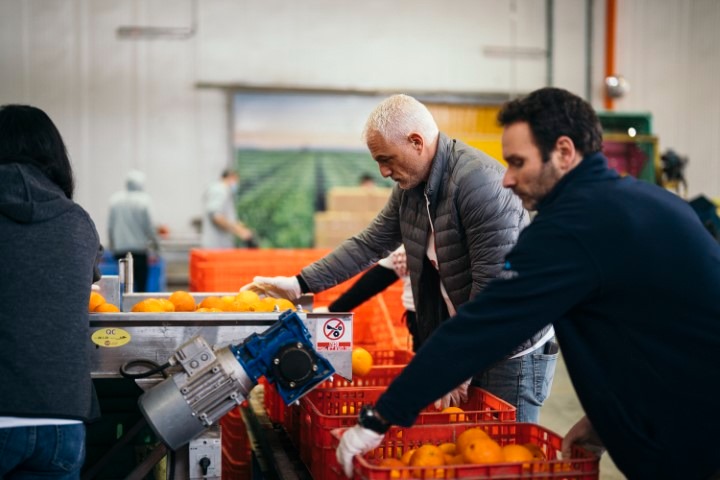NIS 8.1 billion
Food Waste: How Much Food Can Be Rescued?

The goal of reducing the amount of food waste, whether by preventing its production or by saving surpluses that have been created, is at the top of the global public agenda. The estimates for salvageable food amounts were derived from the value chain model developed for the food industry. For each type of food and at each stage along the value chain, the factors causing loss were examined and food waste was classified as either fit or unfit for human consumption. It is important to note that classifying food as rescuable does not refer to the economic viability of saving it, but rather to the safety of eating such food and the technical possibility of using it to feed people.
The value of salvageable food waste is approximately NIS 8.1b ($2.3b). The worth of the lost food increases along the value chain, as more resources are invested in growing, production, packaging, and transportation. The following table shows that the greatest value of wasted food is in the retail and distribution sector. These food products are ready for marketing and consumption but are discarded before reaching the final consumer.
Value of Rescuable Food Waste Along the Value Chain
According to the estimates presented in this Report, about half of the food that is lost or wasted could be used to feed vulnerable populations experiencing food insecurity, if there were adequate resources to make salvaging it economically viable. On an individual level, food insecurity is a risk factor for chronic disease and mental illness. Rescuing even 20% of the food that is lost or wasted in Israel would fill the nutritional gap for people living with food insecurity [for more details, see Chapter 7]. This also has economic benefits on the national level because food insecurity results in some NIS 5.2b ($1.5b) per year in excess healthcare costs [for more details, see Chapter 8].
Additionally, salvaging 50% of food waste would save about 200 million cubic meters of water, over 650 million kWh of energy, 40,000 tons of fuel, and many land resources.
Estimated Amount of Rescuable Food in Israel Throughout the Value Chain, Thousands of Tons
Although there are different approaches to the subject of food loss or waste at the home consumption stage, in this Report, food lost or wasted in the home is not considered to be salvageable. Western culture is one of consumption and abundance, and consumers derive benefit or pleasure not only from the consumption of food, but also from the existence of selection, variety, and even surpluses.
However, since food production involves the use of natural resources and causes environmental damage, the cost paid by the consumer does not embody all the economic external costs involved. Therefore, there is justification for activities to encourage the reduction of food waste, for example, through government outreach programs. Some Western countries have offered such programs to raise public awareness about the impacts of producing food that is not consumed, including money wasted by consumers and damage to the environment.